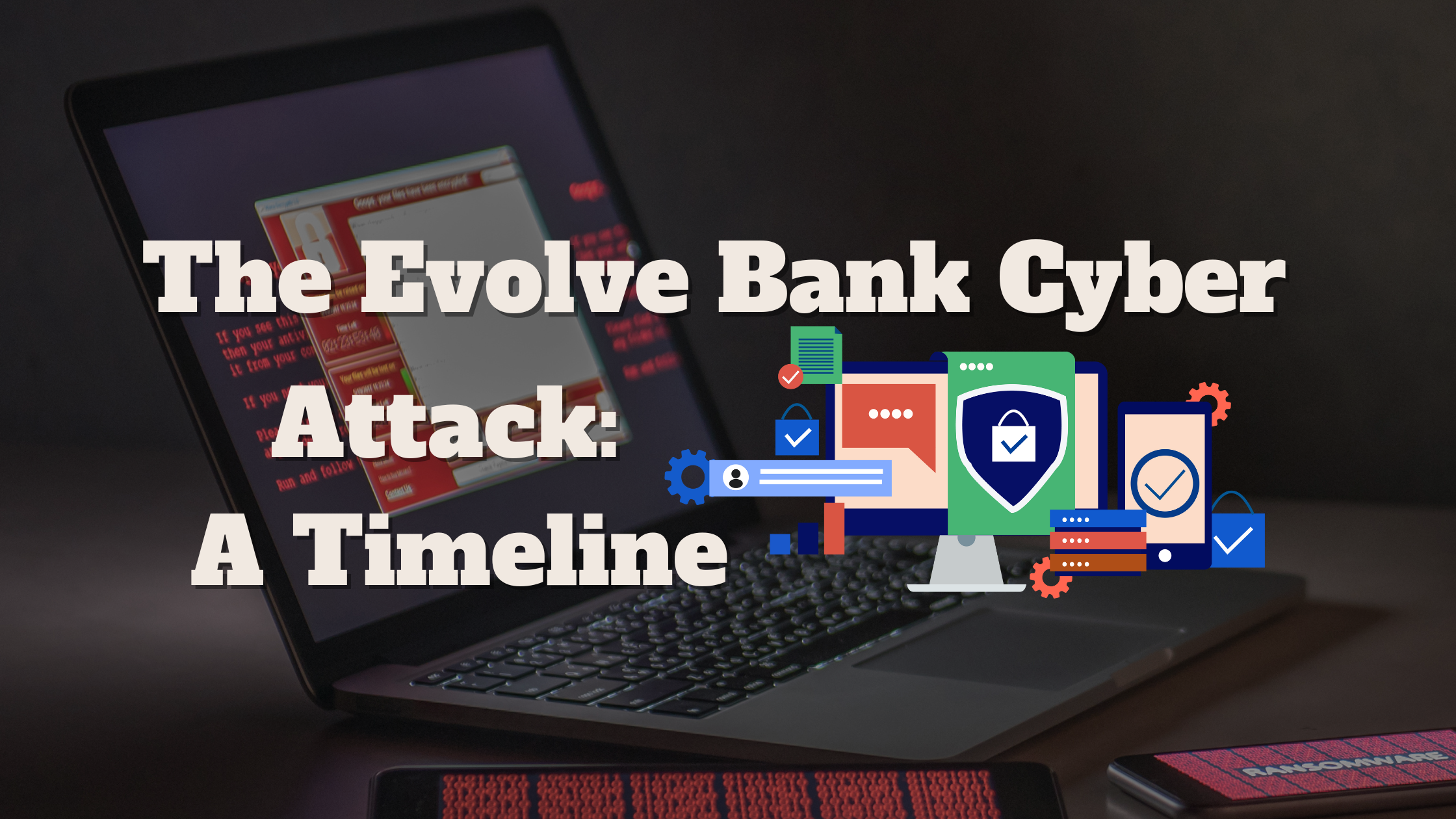Understanding the Evolve Bank Cyber Attack: A Timeline
In today’s digital age, financial institutions are prime targets for cybercriminals due to the wealth of sensitive information and assets they manage. Among the prominent incidents, the Evolve Bank cyber attack stands out as a critical case study. This blog unravels the timeline of the attack, shedding light on its progression, impact, and key takeaways for businesses and individuals.
Evolve Bank: An Overview
Evolve Bank is a mid-sized financial institution known for its digital banking services and small-business-friendly solutions. With a significant online presence and reliance on technology, the bank has continuously emphasized cybersecurity. However, no system is entirely immune to threats, as this attack demonstrated.
The Timeline of the Attack
Phase 1: Reconnaissance (April 2024)
Cybercriminals initiated their attack with reconnaissance activities. By employing phishing campaigns, they targeted employees and customers to gather login credentials and other sensitive information. The attackers also scanned Evolve Bank’s public-facing systems to identify potential vulnerabilities.
Phase 2: Initial Breach (May 2024)
In May 2024, the attackers exploited a vulnerability in one of the bank’s third-party service providers. This access point enabled them to infiltrate the bank’s systems discreetly. Advanced malware was deployed, designed to exfiltrate data and establish persistent access without immediate detection.
Phase 3: Lateral Movement (June 2024)
By June, the attackers began moving laterally within the network. Using stolen credentials and privilege escalation techniques, they accessed critical systems, including databases containing customer records. During this phase, they covered their tracks by manipulating logs and monitoring tools.
Phase 4: Data Exfiltration (July 2024)
Over several weeks in July, the attackers extracted sensitive data, including customer information, transaction records, and internal communications. They used encrypted channels and obscure methods to avoid detection by the bank’s cybersecurity systems.
Phase 5: Discovery and Response (August 2024)
Evolve Bank’s cybersecurity team detected unusual activity in early August. Upon further investigation, they identified unauthorized access to their systems. The bank immediately activated its incident response plan, involving external cybersecurity experts to contain the breach and assess the damage.
Phase 6: Public Disclosure (September 2024)
In September, Evolve Bank issued a public statement acknowledging the attack. They informed customers about the breach, detailing the compromised information and the steps being taken to address the situation. Regulatory authorities were notified, and a transparent communication strategy was employed to maintain trust.
Phase 7: Post-Attack Recovery (October 2024 – January 2025)
The bank focused on recovery and rebuilding trust during this period. Efforts included enhancing cybersecurity infrastructure, providing free credit monitoring services to affected customers, and collaborating with law enforcement agencies to track down the perpetrators.
Lessons Learned from the Evolve Bank Attack
- Third-Party Risks: The attack highlighted the critical need for robust security measures when dealing with third-party vendors. Regular audits and stringent access controls can mitigate such risks.
- Proactive Threat Detection: Early detection mechanisms, such as AI-driven monitoring systems, can help identify suspicious activities before significant damage occurs.
- Employee Awareness: Phishing remains a primary attack vector. Regular training and simulated phishing exercises can empower employees to recognize and report threats.
- Incident Response Plans: A well-defined and practiced incident response plan is essential for minimizing the impact of cyber attacks.
- Transparent Communication: Open and honest communication with stakeholders can help preserve trust and manage reputational damage during crises.
Conclusion
The Evolve Bank cyber attack serves as a stark reminder of the evolving nature of cyber threats. By studying this timeline and its lessons, organizations can better prepare to defend against similar incidents. As technology advances, so must our collective efforts to secure digital ecosystems.


